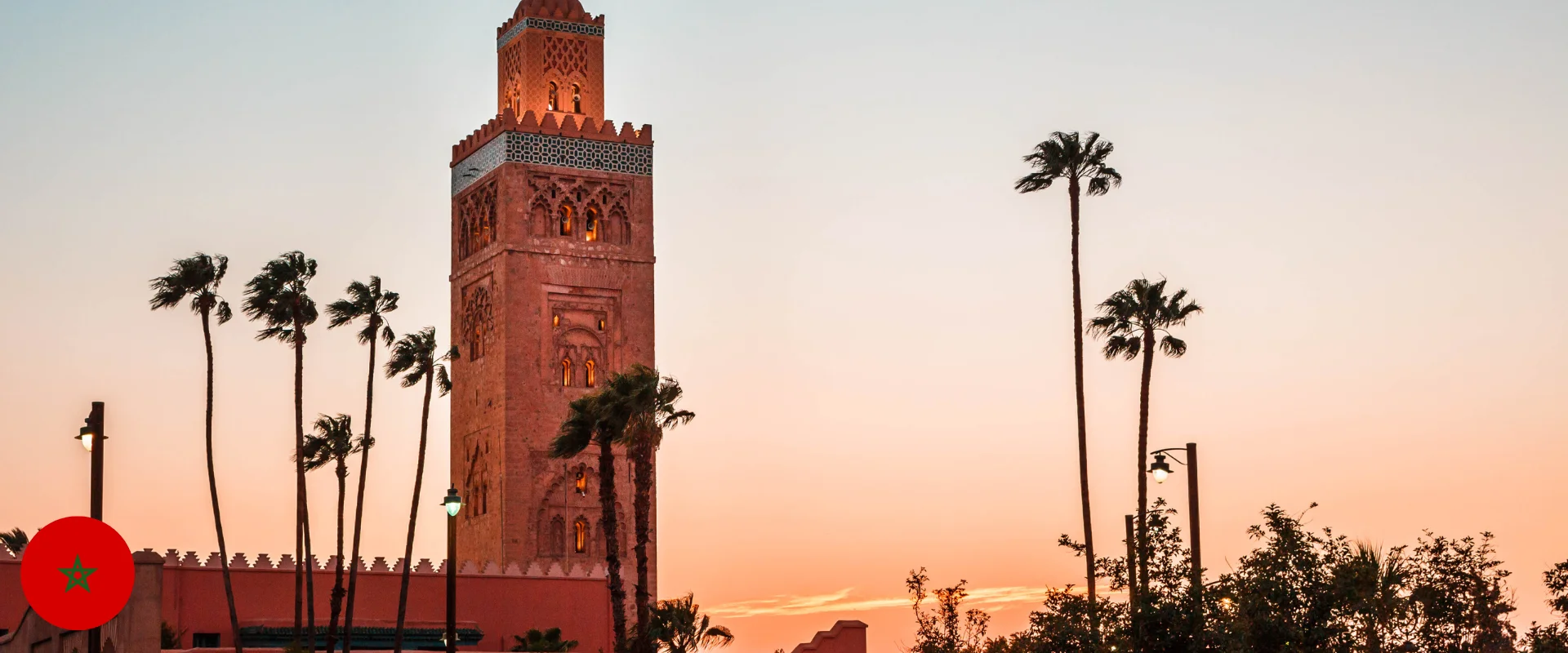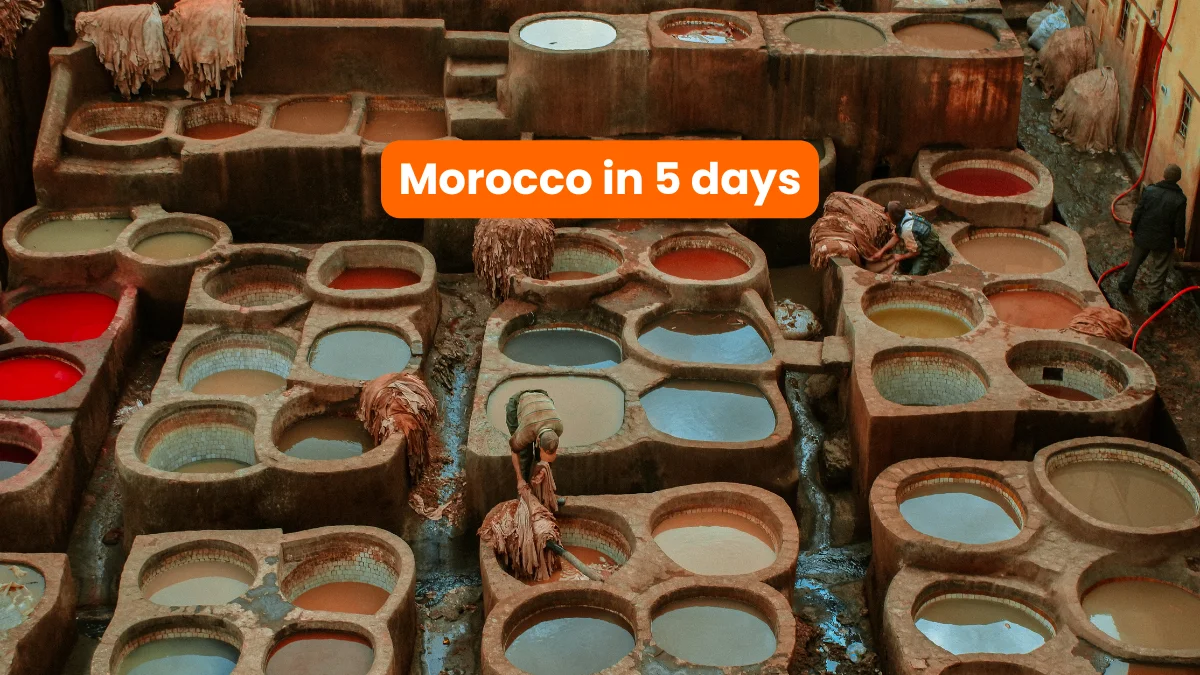The Moroccan tapestry weaves vibrant threads of Arab, Berber, and French-Spanish influences. This harmonious blend shapes the distinct cultural identity experienced by travelers, enriching their journey. Everything from language to architecture reflects Morocco’s multicultural roots, elements revealed as you traverse bustling medinas and serene landscapes alike.
Arab, Berber, and French-Spanish influences
Morocco’s cultural landscape is a vibrant blend where Arab, Berber, and French-Spanish influences come alive. The Berbers, indigenous to North Africa, have sustained their cultural significance amid vast historical changes, preserving unique practices and a language still spoken in many regions. Their influence is seen in architecture and the rugged lifestyle in mountain villages.
The Arab presence, deeply rooted since the 7th century, brought Islam and the Arabic language, both central to Moroccan life today. This Arab-Berber fusion is reflected in daily life whether it’s in the Islamic call to prayer resonating through city streets or in communal festivals celebrating the Prophet’s birthday with unmistakable flair. The principal language spoken, Darija, exhibits a delightful mix of Arabic with Berber lexical components, illustrating this union.
The colonial era introduced French and Spanish elements, significantly influencing language, education, and architecture. Exemplified by the chic boulevards of Rabat and the cosmopolitan pulse of Casablanca, these influences can be seen in both the cultural landmarks and everyday life. French acts as the second language, prevalent in business and higher education, further enriching this cultural cocktail.
Such diversity not only shapes Morocco’s enchanting allure but affords travelers a rare opportunity to engage with a deeply nuanced society where ancient legacies and modern dynamics intertwine.
Hospitality and traditional community life
In Morocco, hospitality reflects more than just simple generosity; it is woven into the cultural fabric, particularly manifest during familial gatherings and ordinary medina interactions. The mantra “the guest is a king” is not just a saying but a lifestyle mirrored in everyday interactions, where a spontaneous invitation for mint tea at a stranger’s home could morph into an unforgettable cultural exchange.
- Family Structures: Moroccan families typically operate within close-knit structures, often including extended family members. This bond fosters robust support systems, pivotal during community gatherings over couscous or sharing tales beside a crackling fire, where every member has a voice and a distinctive role.
- Daily Gatherings: Cafés serve as societal hubs, where Moroccan men discuss daily affairs over a cup of frothy coffee. For women, friendships flourish in residential spaces or during market visits where bargaining is an art, demonstrating societal roles deeply anchored in tradition.
- Communal Celebrations: Whether it’s a lavish wedding procession through city streets or a spontaneous street performance within the medina, these communal events encapsulate Moroccan life’s vibrancy, showcasing ceremonial customs that have survived through generations.
The fabric of Moroccan hospitality and traditional community life thus offers visitors not just a taste of Moroccan culture but a full, warm embrace of its rich, welcoming essence. Engaging with these traditions unveils a shared humanity that transcends borders and cultures, inviting deeper understanding and respect.
Medinas, souks, and the rhythm of daily life
Moroccan medinas, with their labyrinthine alleyways, offer an unparalleled glimpse into the rhythm of daily life, pulsating with history, commerce, and vibrant energy. In these traditional quarters, time feels suspended, and the air is thick with the scent of spices, echoing footsteps, and melodious haggling between vendors and patrons.
The heart of any medina is its souk, a bustling marketplace overflowing with vibrant textiles, fragrant spices, and intricate handicrafts. Browsing the souks is an experience in itself, requiring both patience and a penchant for negotiation. One might find treasures such as hand woven Berber rugs, aromatic Ras el Hanout spices, or unique metallic lamps, each stall offering a slice of Moroccan culture.
Key elements of medina life:
- Music and Performances: Street musicians and performers often add a melodic backdrop to the bustling medina, captivating passersby with traditional oud tunes or the rhythms of Gnawa music. This ever-present artistry creates a vibrant cultural tapestry where every visitor finds a moment of serendipity.
- Social Interactions: The narrow lanes of the medinas favor intimate social exchanges, where greetings and conversations are woven into the daily routine. The communal atmosphere fosters genuine connection, enriching the traveler’s experience beyond merely collecting sights.
- Authentic Experiences: Participating in a local tradition, be it a spontaneous festival or a market purchase, cements memories that turn to stories shared long after your Moroccan adventure ends.
Navigating the medinas is more than just an exploration; it’s an immersion into Morocco’s heartbeat, where each moment vibrates with the country’s inspiring spirit, enhancing understanding of the intricate dance of traditional and modern life.




